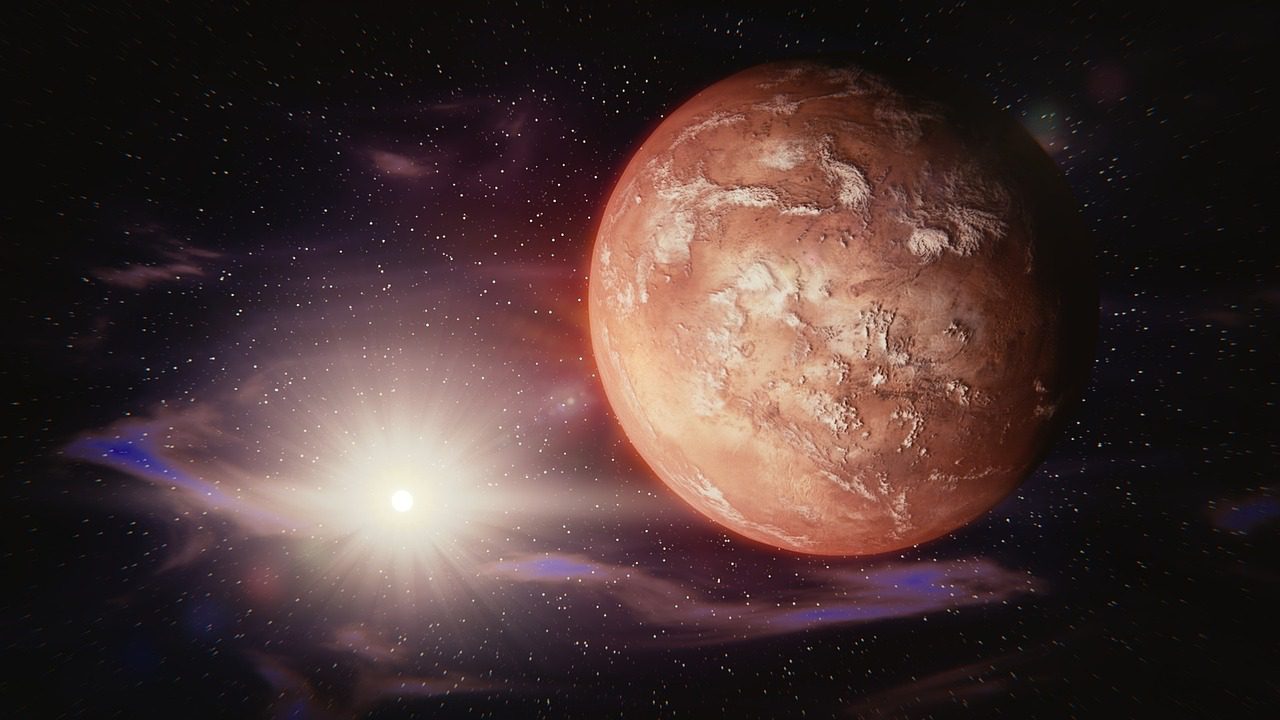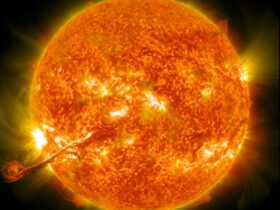Taking a look at those distant objects in the Universe, such as galaxies and stars, is so mainstream when it comes to astronomy! Why not study the planets of our Solar System more, instead? Who knows what we can find!
The James Webb Space Telescope amazed the whole world back in July when it presented the first full-color pictures of the Cosmos. We were able to see amazing and detailed photos of cosmic objects such as the SMACS 0723 cluster, Stephan’s Quintet, the Carina Nebula, and more. Later on, James Webb even provided new images of Jupiter, the biggest planet in our Solar System. But NASA’s telescope is far from done with its explorations.
Webb photographs Mars using its infrared camera
The James Webb Space Telescope used its Near-Infrared Camera and Near-Infrared Spectrograph to capture the first images of Mars. We can observe the Eastern Hemisphere of our neighboring planet:
James Webb Space Telescope's 1st images of Mars reveal secrets of the Red Planet's atmosphere https://t.co/py5KD3lutz pic.twitter.com/eVzedOWSy8
— SPACE.com (@SPACEdotcom) September 19, 2022
Chris Evans from the European Space Agency explained for Gizmodo:
These first Webb observations of Mars demonstrate how we can study the different regions on its surface, including the composition of its atmosphere with the NIRSpec instrument,
Building on what’s been done with other missions, and without the limitations of Earth’s atmosphere for ground-based spectroscopy, Webb will give us new insights into important topics such as the history of water on Mars.
The James Webb Space Telescope took the new images of the Red Planet from 932,000 miles away from Lagrange Point 2.
The Near-Infrared Spectrograph helped the Webb telescope obtain data about the Martian atmosphere, such as the molecules that exist there: water, carbon monoxide, and more. The atmosphere on the Red Planet is much thinner than the one on Earth. Otherwise, our neighboring planet is about half the size of the one where we all live.













Leave a Reply